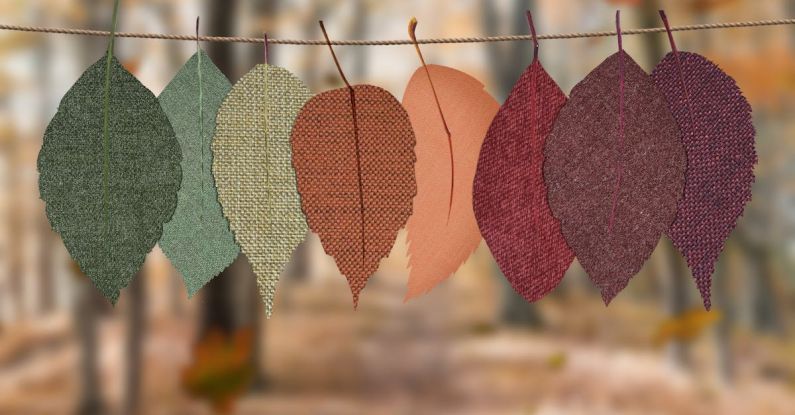Vinyl records have made a remarkable comeback in recent years, appealing to audiophiles and music enthusiasts who appreciate the warm, rich sound that only vinyl can deliver. However, as much as vinyl enthusiasts love the tactile experience of playing a record, there are undeniable benefits to digitizing your vinyl collection. By converting your vinyl records to digital files, you can preserve your collection, make it more portable, and even improve the sound quality. In this article, we will explore how you can digitize your vinyl record collection with ease.
Selecting the Right Equipment
To begin digitizing your vinyl record collection, you will need the right equipment. The most crucial piece of equipment you will need is a good quality turntable with a USB output. This type of turntable allows you to connect it directly to your computer for easy recording. Additionally, you will need audio recording software on your computer to capture the sound from your records and convert it into digital files. Popular software options include Audacity, Adobe Audition, and GarageBand.
Cleaning and Preparing Your Records
Before you start digitizing your vinyl records, it is essential to clean them thoroughly. Dust, dirt, and grime can affect the sound quality of your recordings, so investing in a good record cleaning kit is highly recommended. Gently brush off any visible debris on the surface of the record and use a record cleaning solution to remove any stubborn dirt. Make sure your records are completely dry before playing them on the turntable to prevent any damage.
Recording Your Vinyl Records
Once you have your equipment set up and your records cleaned, it’s time to start recording. Place the record on the turntable and cue up the track you want to digitize. Open your audio recording software on your computer and set it to record from the USB input where your turntable is connected. Press play on the turntable and start recording the track.
It is essential to monitor the recording levels to ensure that the sound is not distorting or clipping. Adjust the input levels on your computer or software as needed to achieve a clean and balanced recording. Once the track has finished playing, stop the recording and save the file in a high-quality digital format like WAV or FLAC for the best sound quality.
Organizing and Storing Your Digital Files
After you have digitized your vinyl records, it is crucial to organize and store your digital files properly. Create a folder on your computer dedicated to your digitized vinyl collection and label each file with the artist name, album title, and track information for easy reference. Consider creating backup copies of your digital files on an external hard drive or cloud storage to prevent loss in case of a computer failure.
Enjoying Your Digitized Vinyl Collection
Now that you have successfully digitized your vinyl record collection, you can enjoy your favorite music in a whole new way. Transfer your digital files to a portable music player or smartphone to listen to your vinyl collection on the go. You can also create custom playlists, mixtapes, and even share your favorite tracks with friends and family easily.
Preserving the Legacy
Digitizing your vinyl record collection is not just about convenience; it is also about preserving the legacy of your music collection for future generations. By converting your vinyl records to digital files, you can ensure that your favorite music will be enjoyed for years to come. So, dust off those old records, fire up your turntable, and start digitizing your vinyl collection today!
